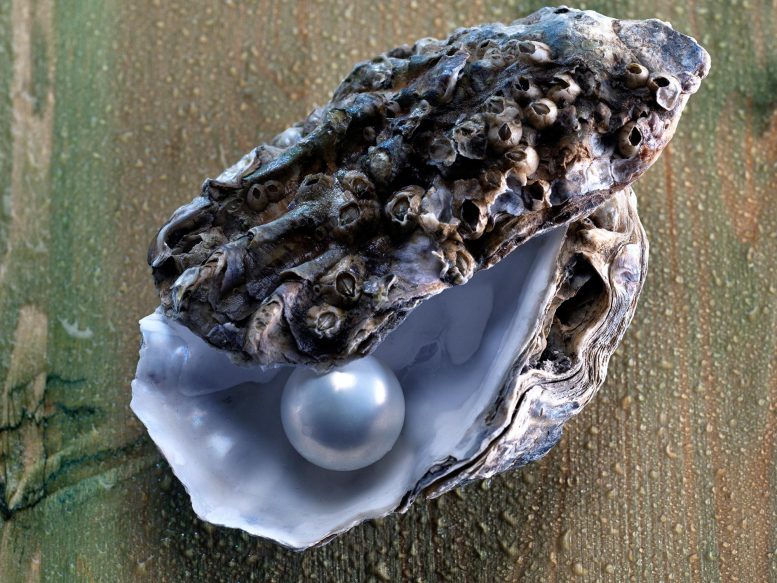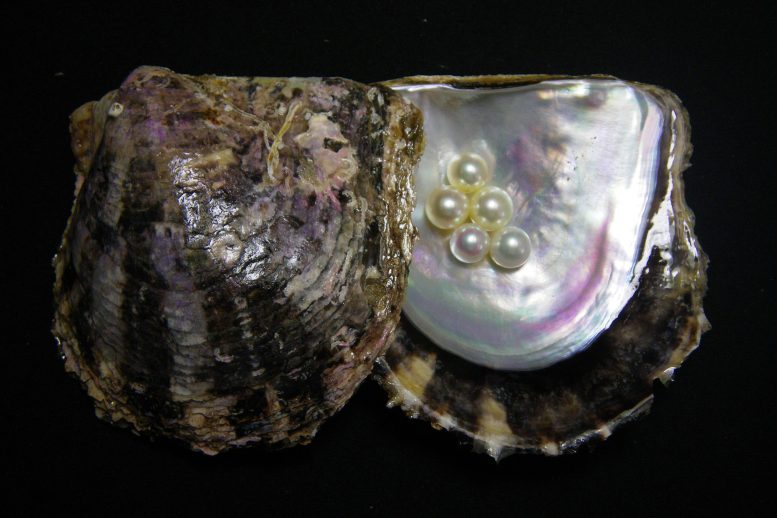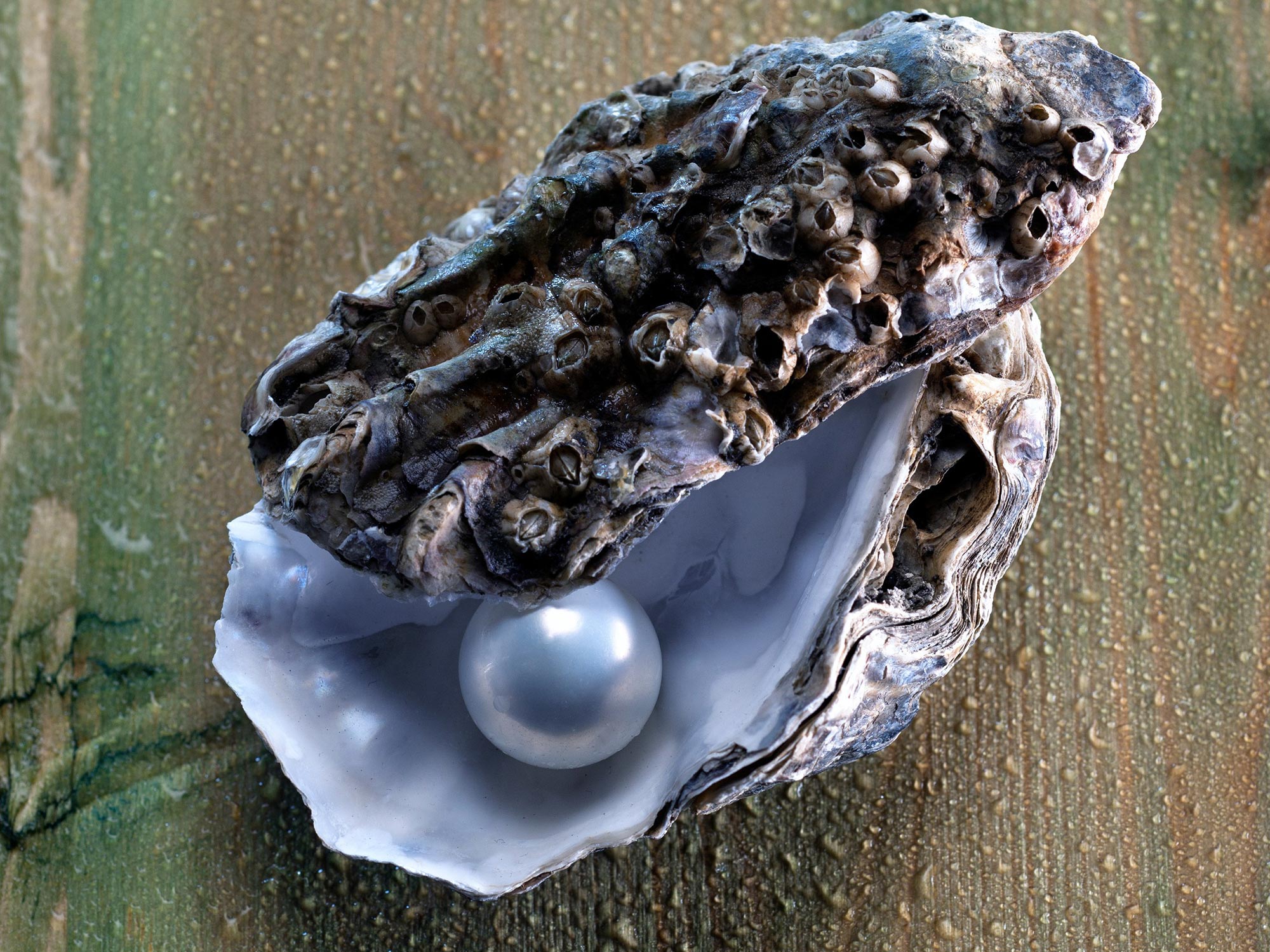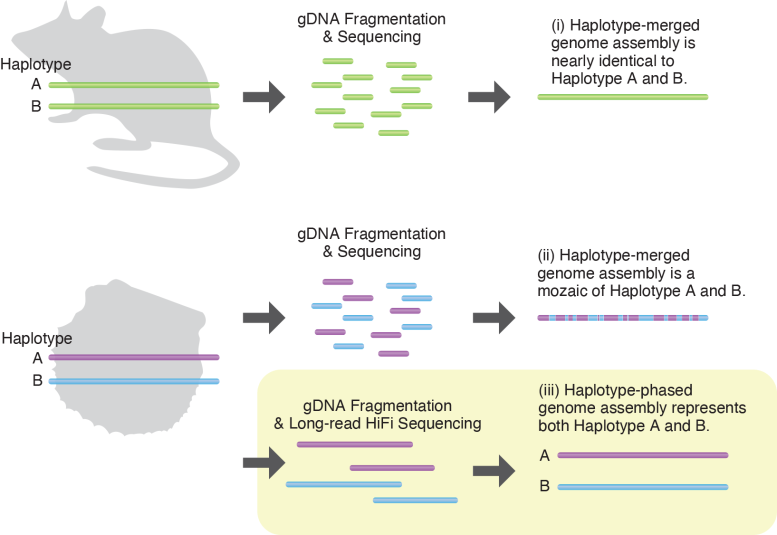By Okinawa Institute of Science and Technology (OIST) Graduate UniversityDecember 20, 2022

Researchers have constructed a high-quality, chromosome-scale genome of pearl oysters, which they hope can be used to find resilient strains.
- In Japan, pearl oysters are a key animal for aquaculture because they generate valuable, beautiful pearls.
- The output of Akoya pearls has decreased over the past 20 years from about 70,000 kg per year to barely 20,000 kg per year due to a variety of reasons, including disease.
- Researchers have built a high-quality, chromosome-scale genome of a pearl oyster in the goal of uncovering resilient variants and to learn more about their underlying genetics.
- With the utilization of advanced technology, the scientists constructed the genome of not just one set of chromosomes, but two, revealing unexpected diversity of the gene repertoire within an individual.
- One crucial finding was the discovery of a variety of genes responsible for immunity, which hints that a resilient strain of oysters might be possible to culture.

Pearls within a pearl oyster shell. Pearl oysters are important products in Japan, as they produce beautiful pearls that are sought after for necklaces, earrings, and rings. Credit: K. MIKIMOTO & CO., LTD, Pearl Research Institute
In Japan, pearl oysters are an important aquaculture animal, as they produce beautiful pearls that are sought after for necklaces, earrings, and rings. In the early 1990s, this aquaculture industry was bringing in around 88 billion yen annually. However, in the last 20 years, a combination of new diseases and red tides has seen the production of Japan’s pearls drop from around 70,000kg a year to just 20,000kg.Now, researchers have constructed a high-quality, chromosome-scale genome of pearl oysters, which they hope can be used to find resilient strains. The research, by scientists from the Okinawa Institute of Science and Technology (OIST), in collaboration with a number of other research institutes including K. MIKIMOTO & CO., LTD, Pearl Research Institute and Japan Fisheries Research and Education Agency, was published recently in the journal
The genetic information necessary for an organism to maintain its vital activities is called a genome. In genome decoding, DNA is extracted from individual cells, fragmented, and analyzed. The DNA sequence fragments are then reconstructed to obtain a genome assembly. Animals that reproduce sexually inherit one set of genome from the mother and one from the father. A set of genomic information derived from one parent is called a haplotype. (i) In experimental organisms with established strains or species with small genetic diversity, an individual possesses two sets of nearly identical genomes. Thus, the haplotype-merged genome assembly will be similar to both the two sets of genomes of the original individual. (ii) In organisms with high genetic diversity, such as wild animals, there are large differences in DNA sequences among haplotypes. Using conventional methods results in a genome assembly with a mixture of two haplotypes. It can lose genomic information. (iii) In this study, longer and more accurate DNA sequences were obtained by using the latest sequencer. The two haplotypes were reconstructed separately. Credit: OIST
In 2012, Dr. Takeuchi and his collaborators published a draft genome of the Japanese pearl oyster, Pinctada fucata, which was one of the first genomes assembled of a mollusk. They continued genome sequencing in order to establish a higher quality, chromosome-scale genome assembly.Dr. Takeuchi went on to explain that the oyster’s genome is made up of 14 pairs of chromosomes, one set inherited from each parent. The two chromosomes of each pair carry nearly identical genes, but there can be subtle differences if a diverse gene repertoire benefits their survival.Traditionally, when a genome is sequenced, the researchers merge the pair of chromosomes together. This works well for laboratory animals, which normally have almost identical genetic information between the pair of chromosomes. But for wild animals, where a considerable number of variants in genes exist between chromosome pairs, this method leads to a loss of information.In this study, the researchers decided not to merge the chromosomes when sequencing the genomes. Instead, they sequenced both sets of chromosomes—a method that is very uncommon. In fact, it’s probably the first research focused on marine invertebrates to use this method.As pearl oysters have 14 pairs of chromosomes, they have 28 in total. OIST researchers Mr. Manabu Fujie and Ms. Mayumi Kawamitsu used state-of-the-art technology to sequence the genome. The other first author, Dr. Yoshihiko Suzuki, former Postdoctoral Scholar in OIST’s Algorithms for Ecological and Evolutionary Genomics and now at the University of Tokyo, and Dr. Takeuchi reconstructed all 28 chromosomes and found key differences between the two chromosomes of one pair—chromosome pair 9. Notably, many of these genes were related to immunity.“Different genes on a pair of chromosomes is a significant find because the proteins can recognize different types of infectious diseases,” said Dr. Takeuchi.He pointed out that when the animal is cultured, there is often a strain that has a higher rate of survival or produces more beautiful pearls. The farmers often breed two animals with this strain but that leads to inbreeding and reduces genetic diversity. The researchers found that after three consecutive inbreeding cycles, the genetic diversity was significantly reduced. If this reduced diversity occurs in the chromosome regions with genes related to immunity, it can impact the immunity of the animal.“It is important to maintain the genome diversity in aquaculture populations,” concluded Dr. Takeuchi.This research was supported by grants from the Project of the Bio-oriented Technology Research Advancement Institution, a special scheme project on advanced research and development for next-generation technology.Comment by Prof. Shugo Watabe (Visiting Professor at the Kitasato University, professor emeritus at the University of Tokyo)Cultured pearls were developed for the first time in the world 130 years ago by Kokichi Mikimoto in Japan. Even today, they are the second most exported marine product produced in Japan, after scallops.However, the history of pearl aquaculture in Japan has been a battle against diseases in the aquaculture environment. The damage caused by the red discoloration disease, which emerged in 1996, was particularly severe. The production of cultured pearls in Japan has declined significantly. In recent years, the pearl-farming industry is once again facing major problems due to the spread of diseases caused by viruses.Although the details of the causes of diseases and countermeasures have not been established, it has been pointed out that pearl cultivation in Japan may be suffering from genetic deterioration due to the inbreeding of pearl oysters with superior traits, which makes it difficult to respond to various environmental changes and the emergence of pathogens.The findings of this research have shed light on this concern of pearl cultivation in Japan, and are of great industrial significance. Furthermore, many of the genes involved in the immune system have also been identified. This also provides insight into the mystery of pearl formation itself, as to why pearl oysters can form a nacreous layer in response to an externally introduced foreign object.Akoya pearls produced by Japanese pearl oysters attract people from all over the world with their unique and graceful luster, which is not seen in pearls produced from other pearl oyster species. The present study is expected to be the beginning of the genetic elucidation of this characteristic.Reference: “A high-quality, haplotype-phased genome reconstruction reveals unexpected haplotype diversity in a pearl oyster” by Takeshi Takeuchi, Yoshihiko Suzuki, Shugo Watabe, Kiyohito Nagai, Tetsuji Masaoka, Manabu Fujie, Mayumi Kawamitsu, Noriyuki Satoh and Eugene W. Myers , 10 November 2022, DNA Research.
DOI: 10.1093/dnares/dsac035











